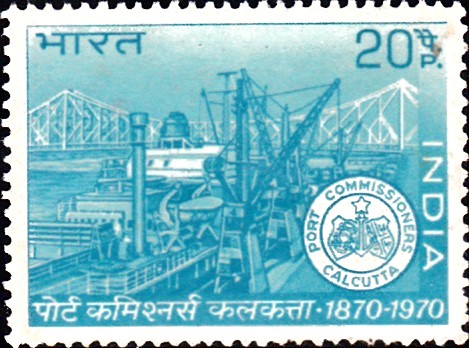
Port Commissioners, Calcutta
A commemorative postage stamp on the Centenary of the Kolkata Port Trust (Port of Calcutta), located on bank of river Hooghly (Ganga), one of the oldest Custom House in India :
 Issued by India
Issued by India
Issued on Oct 17, 1970
Issued for : The Posts and Telegraphs Department is proud to be associated with such a saga of growth and phenomenal development by issue of a special commemorative stamp on the occasion of the centenary of Calcutta Port Commissioners.
Description of Design : The design of the stamp is horizontal and depicts a picture of a Dredger’ Pilot Vessel and cranes at Calcutta Port with the crest of the Port Commissioners Calcutta. Howrah Bridge over the River Hooghly is shown in the background.
Type : Stamp, Mint Condition
Colour : Peacock Blue
Denomination : 20 Paise
Overall Size : 3.91 X 2.90 cms.
Printing Size : 3.56 X 2.54 cms.
Perforation : 13 x 13
Watermark : Printed on unwatermarked adhesive stamp paper
Number Printed : 30,00,000
Number per issue sheet : 35
Printing Process : Photogravure
Designed and Printed at : India Security Press
About :
- The origin and growth of Calcutta, the first city in the country, is intimately connected with the development of Calcutta Port. It would be true to say that the city grew out of the port. It had its beginning in the 17th century when the rich and profitable trade with Bengal attracted foreign adventures. It was Job Charnock, the English Agent of the East India Company who chose the present site of Calcutta, 125 miles from the sea, and built the English Settlement here around 1690 with the permission of the then Moghul Emperor, Aurangzeb. The port and the city of Calcutta grew out of these settlements along the left bank of River Hooghly. However, the transition of Calcutta into a modern port really began in the second half of the last century.
- It is now the premier port on the Eastern Coast of the country handling the largest volume of dry cargo.
- The port commands a vast hinterland of about half a million square miles, comprising the States of West Bengal, Assam, Bihar, Orissa, almost the whole of Uttar Pradesh, a part of Madhya Pradesh and also the neighbouring countries of Nepal, Sikkim and Bhutan. This region is rich in agricultural, mineral and industrial resources.
- The Port of Calcutta which is sited 126 nautical miles away from the sea, presents difficult navigational problems. There are several sand bars and sharp bends in the river which ships have to negotiate.
- The channel is dredged constantly and is well marked with numerous navigational aids to facilitate navigation – both by day and night. Pilotage of ships on this river is compulsory.
- The affairs of the port are managed by a statutory body constituted under the terms of Act V of 1870, later consolidated under the Calcutta Port Act, 1890, and known as “The Commissioners for the Port of Calcutta” It is composed of 24 official and non-official members representing the principal chambers of commerce in the city of Calcutta, customs, railways, Corporation of Calcutta, Howrah Municipality, the Government of West Bengal, Indian Steamship Owner’s Association and the labour employed in the Port. The Chairman and the Deputy Chairman are appointed by the Government of India. The Chairman is the executive head of the Commission.
- In the early years, the ships were anchored in the river and there were no proper shore facilities for them to come alongside for loading or discharging their cargo. Between the years 1850 and 1870, to meet the needs of shipping, four screw pile jetties with cranes and sheds were constructed. The modern Port of Calcutta with its extensive facilities grew out of this humble beginning.
- At present, it provides 34 alongside berths in the Kidderpore Docks and the King George‘s Dockand there exists further provision for 46 ships to work in the river side moorings. There are also eight jetties available at Budge Budge, 11 miles below Calcutta for handling of oil. In addition, there are five Dry Docks for ship repairs in the Port. All these developments took place over a period of last hundred years.
- The final phase of port development started after Independence. The total expenditure on development incurred during the First, Second and the Third Five-Year Plan periods amounts to Rs. 46 crores. As a result, the execution of these development plans, the Port is now equipped to handle about 14 million tonnes of cargo every year. The estimated outlay on projects included in the Fourth Five-Year Plan for the development of the Port is of the order of Rs. 25 crores.
- The number of vessels which enter and leave this port in a year is round about 1800. About 40% of the total value of exports from the country and 28% of the total value of imports into the country pass through this port. Exports roughly account for 5 million tonnes, and imports 6 million tonnes. The revenue of the Port now amounts to about Rs. 26 crores per year.
- The Port provides about 48 lakhs square feet of ware housing accommodation for storage of cargo by the users of the Port. Besides, the Port has its own railway system with a track mileage of 350 kilometres and route mileage of 36 kilometres.
- The Port of Calcutta, like any other modern international port, has had to face the challenge thrown up by the increasing size of ships, particularly tankers and bulk carriers. It is necessary to provide deep draught berths for such ships and also fast mechanical equipment for loading and unloading them. The Calcutta Port Commissioners have accordingly undertaken the Haldia Dock Project at Haldia about 56 miles down-stream of Calcutta. This is being developed as a subsidiary port of Calcutta.
- Thus, while the first century of the Calcutta Port Commissioners’ life marks the development and growth of the Port of Calcutta from four screw pile jetties into a vast modern port complex, the second century is expected to usher in an era of far-greater prosperity.


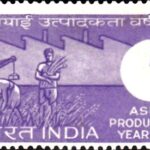
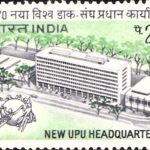
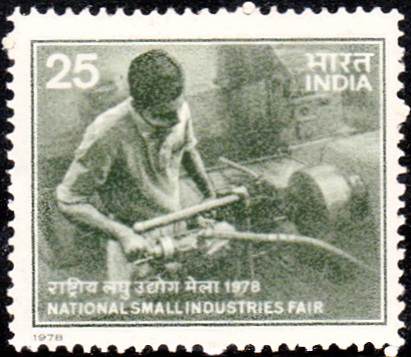
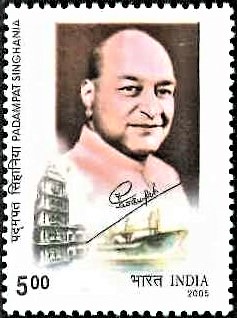
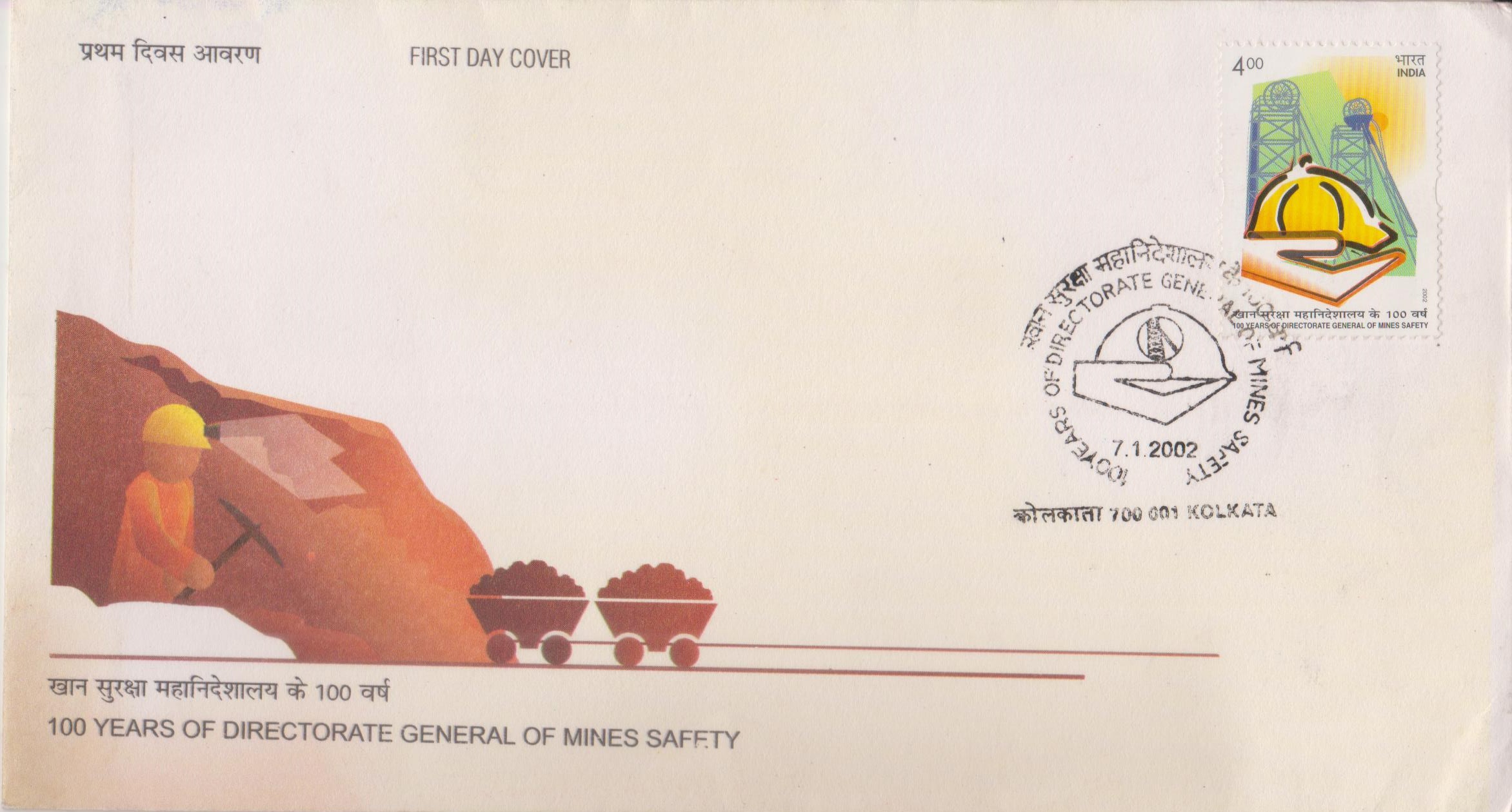
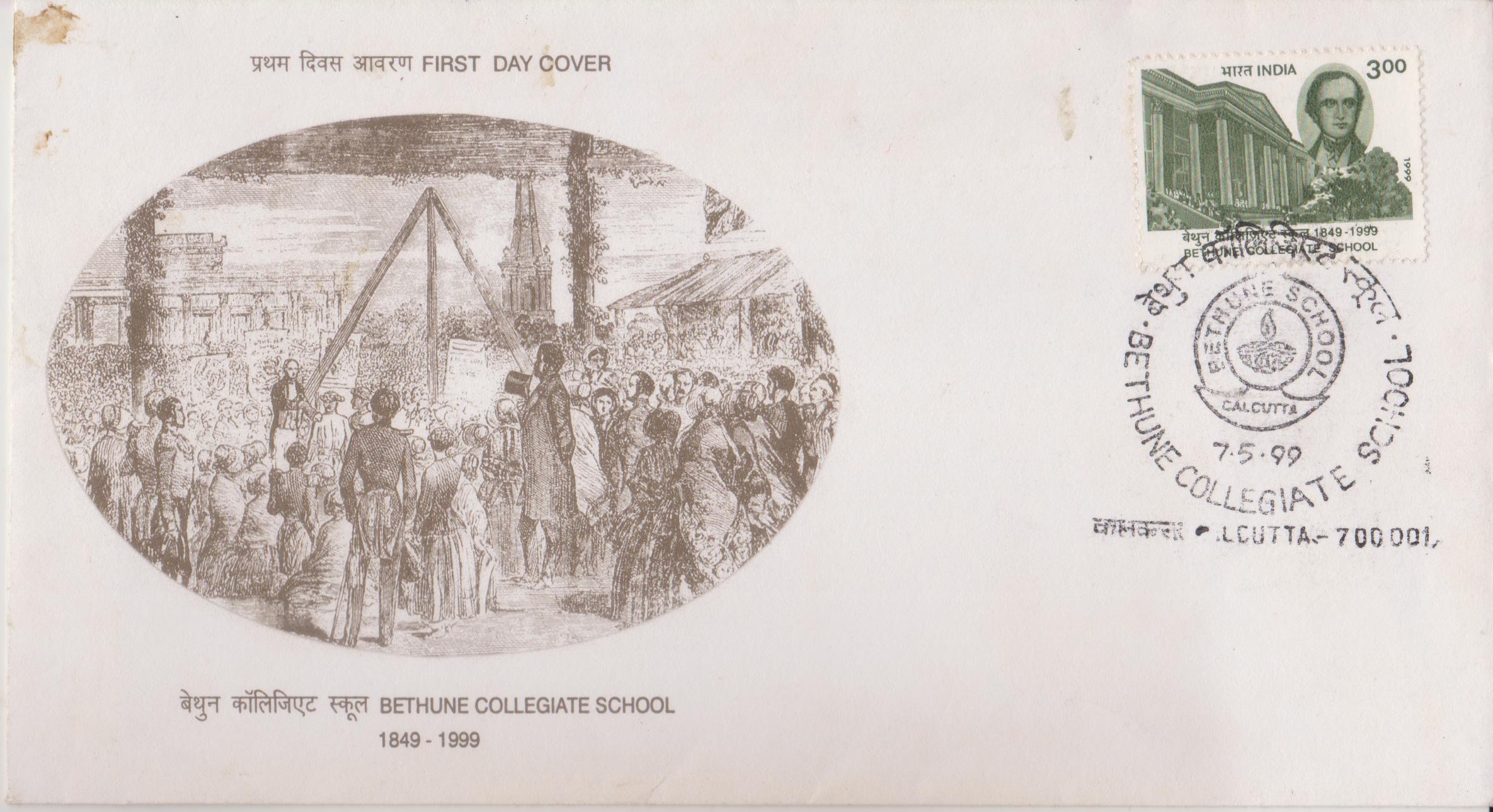
[…] highest level to ensure safe passage underneath, of the international cargo ships, which cater to Kolkata Port. The bridge has also been connected with flyovers and ramps on either side to provide uninterrupted […]